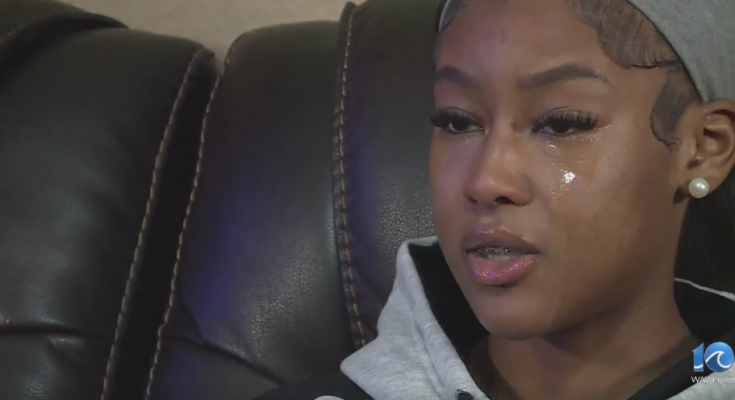
This incident during the 4×200 meter relay at Liberty University is a striking reminder of how quickly a competitive environment can spiral into a controversy with far-reaching consequences. At the heart of it is a tragic accident that involves both a serious injury and a deep emotional toll on all parties involved. The collision of the baton with Kaelen Tucker’s head, resulting in a concussion and potential skull fracture, has led to intense debate, emotional reactions, and legal battles.
Alaila Everett, the sprinter from I.C. Norcom High School, has faced widespread criticism despite her heartfelt defense that the incident was an unfortunate accident. Her tearful explanation reveals the stress and pressure that young athletes are under in such high-stakes moments, where split-second decisions and physical coordination can make or break a race. It’s clear that this was not a case of malice but a devastating mistake in the intense rush of the race.
The event raises significant questions about safety protocols, the risks athletes face, and the nature of competition itself. In the context of track and field, where every second matters, mistakes like these, though tragic, are sometimes inevitable. However, this incident underscores the importance of refining training and safety measures, improving communication, and ensuring that the well-being of athletes is prioritized.
It’s easy to fall into the trap of blaming individuals for accidents like this, especially with the pressure of social media and public opinion. But this incident also highlights the need for compassion, understanding, and a focus on solutions. Rather than jumping to conclusions, perhaps a more thoughtful approach is necessary—one that recognizes the challenges of competitive sports and ensures that future accidents are prevented through better training and safety standards.
Moving forward, this case should inspire changes that enhance the safety of athletes while keeping the spirit of competition alive. Strengthening protocols around baton exchanges, improving communication, and fostering a culture of mutual respect and accountability can help minimize the risks athletes face and ensure that the joy of sports remains intact for everyone involved.
What are your thoughts on how we can balance competition with safety in such high-risk events?





